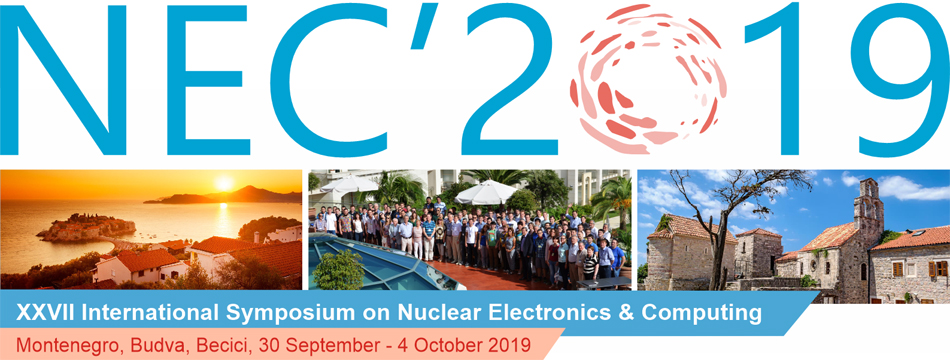Speaker
Mr
Vladislav Vorobyev
(MEPhI)
Description
Large-scale coordinate-tracking detector TREK based on multi-wire drift chambers is being developed at the Experimental complex NEVOD in MEPhI to study near-horizontal dense muon bundles generated by ultra-high energy cosmic rays. The total area of the setup is 250 m2. The main goal of the installation is the solution of so-called “muon puzzle” – observed excess of the number of muons in extensive air showers compared to simulations.
The use of drift chambers from IHEP accelerator experiment allow to reconstruct events with very high density of muons in a bundle (more than 10 particles per m2). But the presence of afterpulses in the response of chamber electronics leads to reconstruction of fake tracks. Attempts to exclude afterpulses by ordinary analytical methods (e.g., by means of pulse duration) failed.
A new way to solve the afterpulse problem is the use of machine learning. The method based on convolutional neural network is being developed. This approach can take into account both drift times and duration of signals. The talk presents results of employment of the neural network trained on data obtained by analytical and Garfield++ simulation with different muon multiplicities and angles in the bundles.
Author
Mr
Vladislav Vorobyev
(MEPhI)

